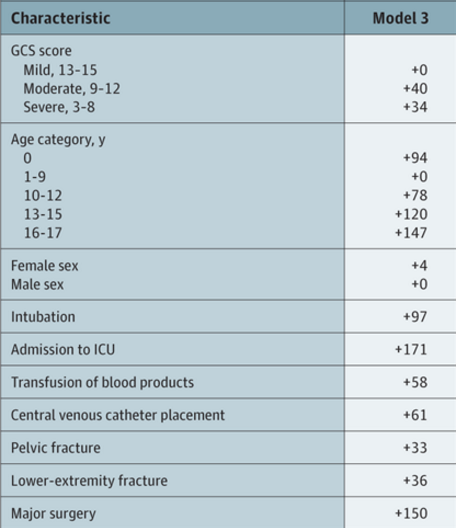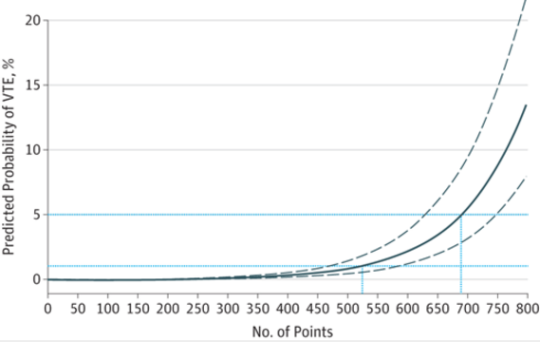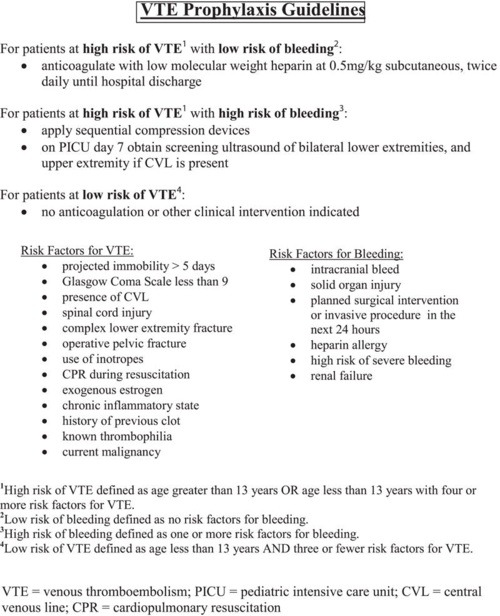We have long assumed that pulmonary emboli start as clots in the deep veins of the legs (or pelvis), then break off and float into the branches of the pulmonary artery in the lungs. A huge industry has developed around how best to deal with or prevent this problem, including mechanical devices (sequential compression devices), chemical prophylaxis (heparin products), and physical devices (IVC filters).
The really interesting thing is that less than half of patients who are diagnosed with a pulmonary embolism have identifiable clots in their leg veins. In one study, 26 of 200 patients developed DVT and 4 had a PE. However, none of the DVT patients developed an embolism, and none of the embolism patients had a DVT! How can this kind of disparity be explained?
Researchers at the Massachusetts General Hospital retrospectively looked at the correlation between DVT and PE in trauma patients over a 3 year period. DVT was screened for on a weekly basis by duplex venous ultrsonagraphy. PE was diagnoses exclusively using CT scan of the chest, but also included the pelvic and leg veins to look for a source. A total of 247 patients underwent the CT study for PE and were included in the study.
Here are the factoids:
- Forty six patients had PE (39% central, 61% peripheral pulmonary arterial branches) and 18 had DVT (16 seen on the PE CT and 2 found by duplex)
- Of the 46 patients with PE, only 15% had DVT
- All patient groups were similar with respect to injuries, injury severity, sex, anticoagulation and lengths of stay
- Interestingly, 71% of PE patients with DVT had a central PE, but only 33% of patients without DVT had a central PE.
The authors propose 4 possible explanations for their findings:
- The diagnostics tools for detecting DVT are not very good. FALSE: CT evaluation is probably the “gold standard”, since venography has long since been abandoned
- Many clots originate in the upper extremities. FALSE: most centers do not detect many DVTs in the arms
- Leg clots do not break off to throw a PE, they dislodge cleanly and completely. FALSE: cadaver studies have not shown this to be true
- Some clots may form on their own in the pulmonary artery due to endothelial inflammation or other unknown mechanisms. POSSIBLE
An invited critique scrutinizes the study’s use of diagnostics and the lack of hard evidence of clot formation in the lungs.
Bottom line: this is a very intriguing study that questions our assumptions about deep venous thrombosis and pulmonary embolism. More work will be done on this question, and I think the result will be a radical change in our use of anticoagulation and IVC filters over the next 3-5 years.
Reference: Pulmonary embolism and deep venous thrombosis in trauma: are they related? Arch Surg 144(10):928-932, 2009.




